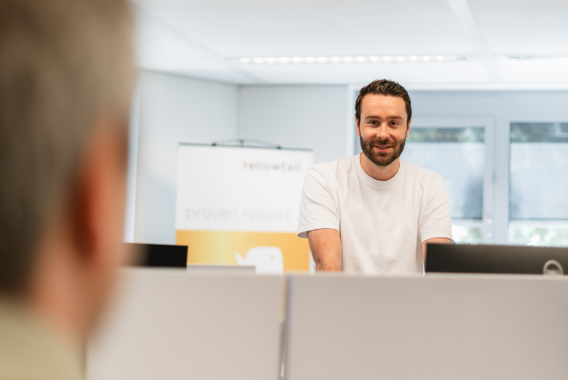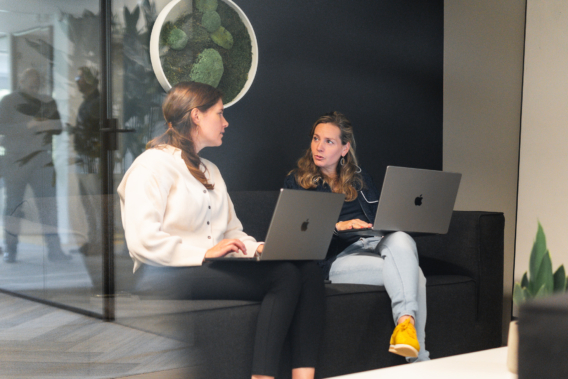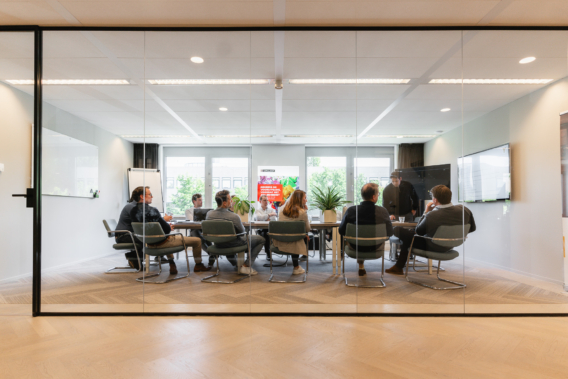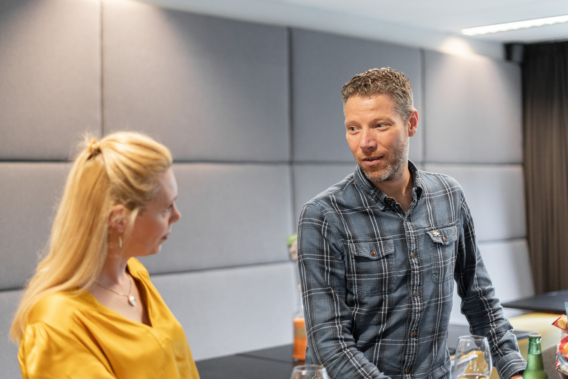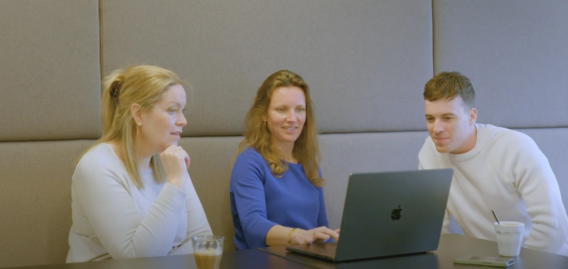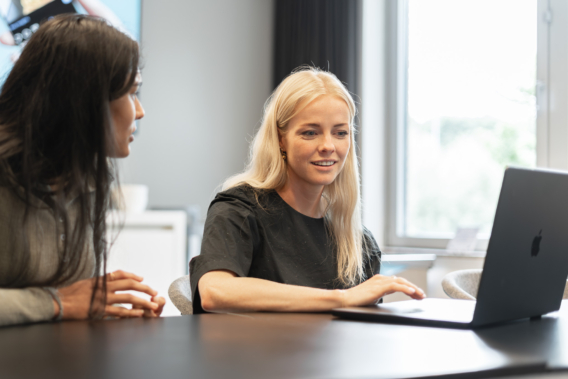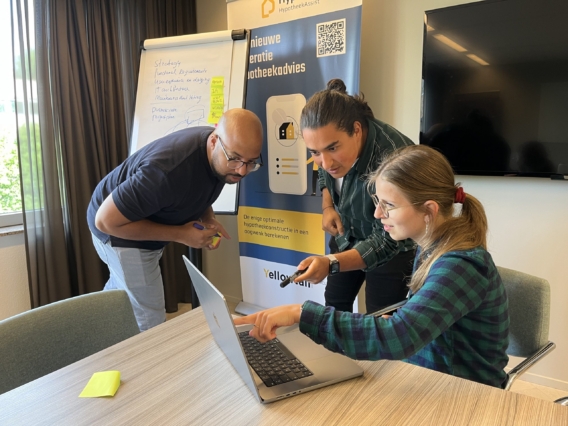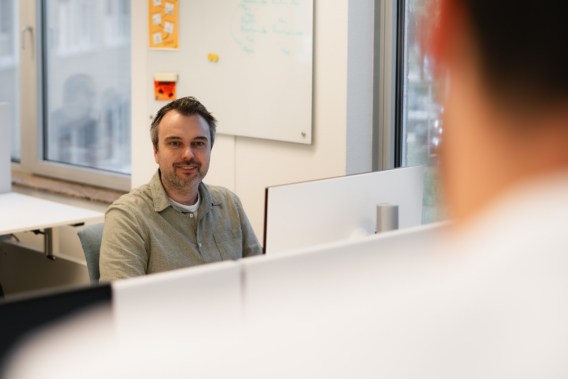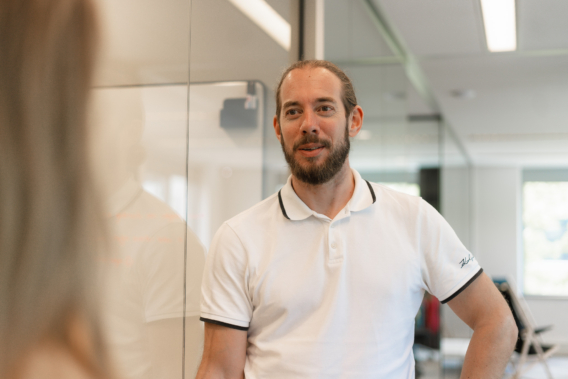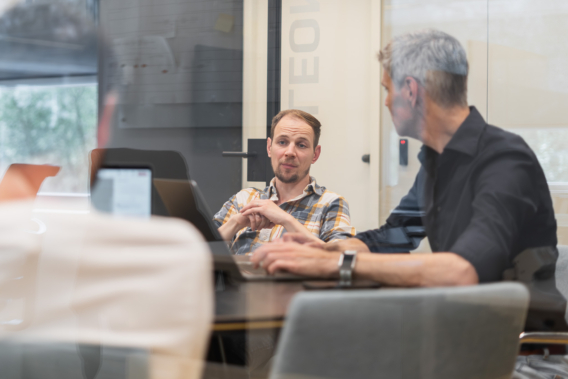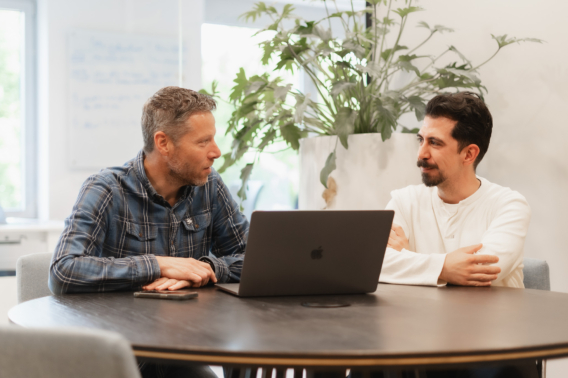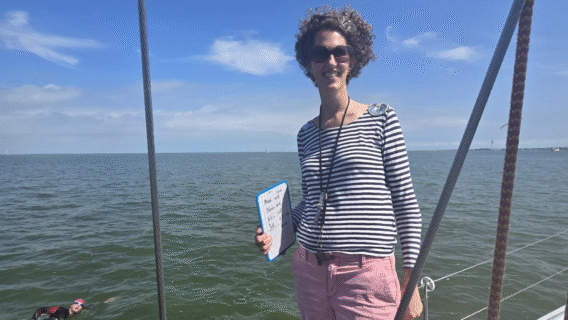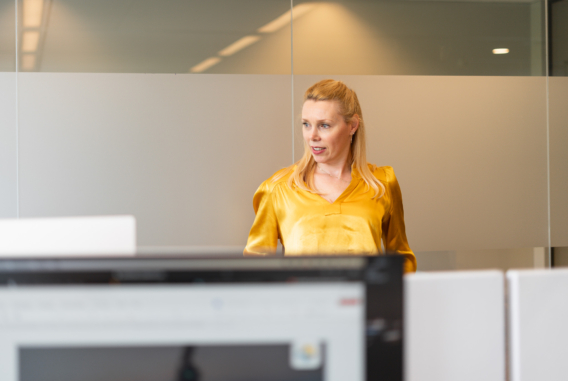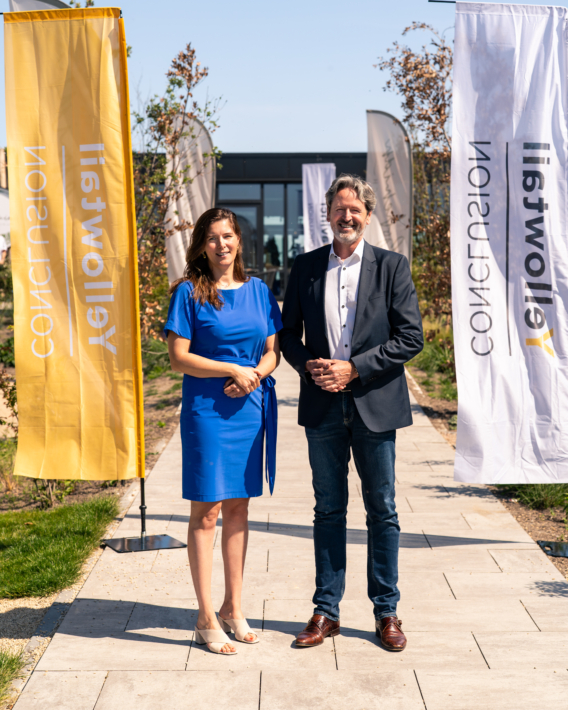Intensive
Through Yellowtail Conclusion’s Head of Marketing, Stefanie Kammeraad-Poelmann, Fabiënne got involved with the initiative. “Stefanie and I know each other well, and at the end of last year, she asked if I would support her colleagues with their plan to swim across the IJsselmeer. Of course, I didn’t have to think twice, and now the big day is almost here!”
The preparation has been intense and carefully structured in two phases. Indoor and open water sessions were alternated in a logical way. “From January to April, we worked indoors on technique and base fitness. Then we moved to outdoor swimming, training with cold water, waves, and navigation. Open water swimming requires more than just strength. You need calmness, technique, and mental focus. Every session, I assess what the team or an individual swimmer needs.”
From aquarium to the wild
As a coach, you witness the team’s development up close. “A special moment for me was seeing the team swim with resistance parachutes in Kerkelanden swimming pool. That extra resistance really showed how far they had come. The team was ready to head outside. Once the water temperature began to rise, I felt confident letting them go from the ‘aquarium’ into the wild.”
Word about the IJsselmeer swimmers quickly spread through the pool, Fabiënne recalls. “During the day there were kids’ swimming lessons; in the evening, the IJsselmeer swimmers were in the water. Everyone was impressed by their story.”
Vulnerable
Fabiënne’s involvement in Swim4Brains is personal. Her brother suffered brain injury at a young age due to an accident, which meant he had to relearn everything. And during the team’s training period, her father unexpectedly suffered two strokes. “That really makes you feel how vulnerable we are. It made me realize even more how important the work of the Brain Foundation is. New breakthroughs from the foundation are urgently needed—now and in the future. My family is entering a new phase, and I’m dedicating this race to them.”
A nudge, trust and reminding
Fabiënne is looking forward to August 23, the day her role will take on an extra dimension. “I’ll be monitoring the swimmer in the water closely, giving tips where needed using hand signals or cue cards. Each swimmer has their own communication style, and we have our own rhythm together. Safety comes first, but I mainly hope I’ll just need to cheer them on.”
And if things get tough, she knows what to do: “A little nudge, some encouragement, and a reminder that they can do this. Just lie down like Superman and keep going stroke by stroke. We’re all optimally prepared, and I’m already incredibly proud of what they’ve achieved. Only blue-green algae and storms are still challenges, but if it’s up to us, we’re ready!”
